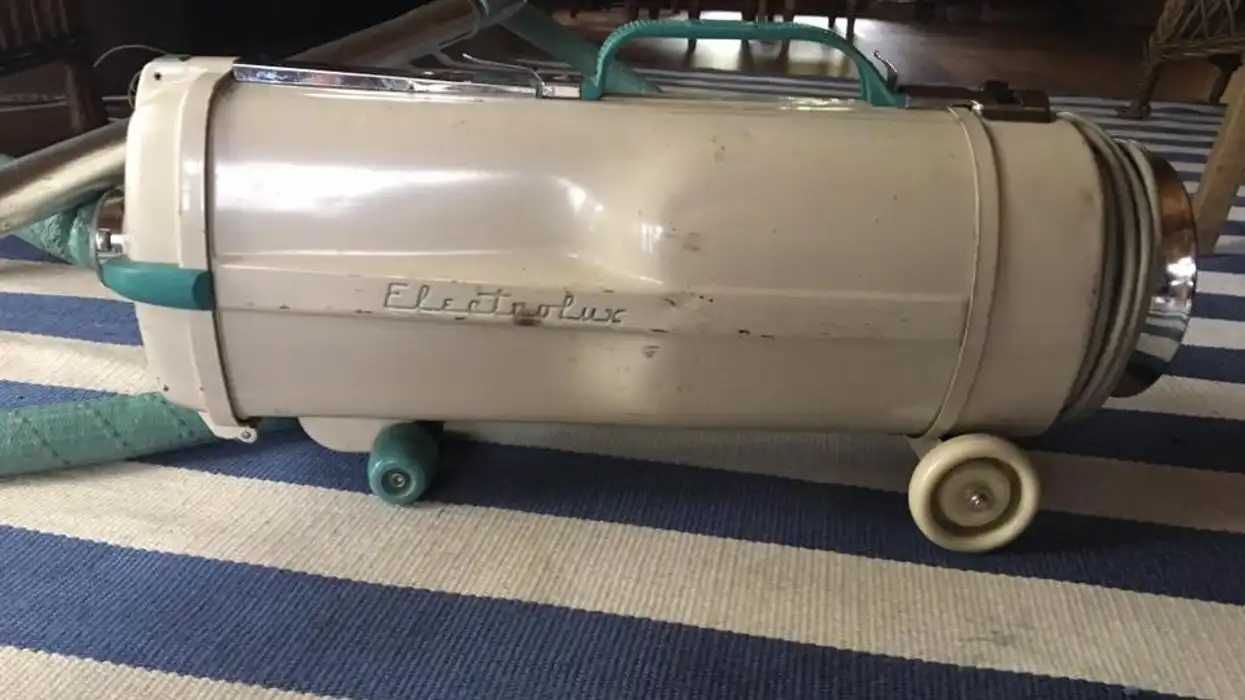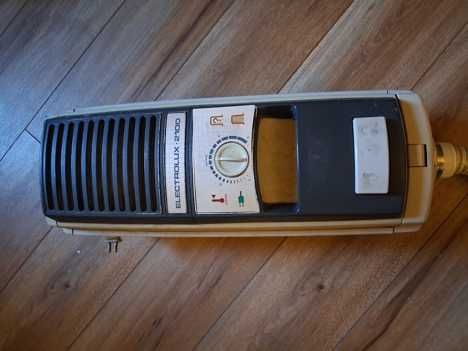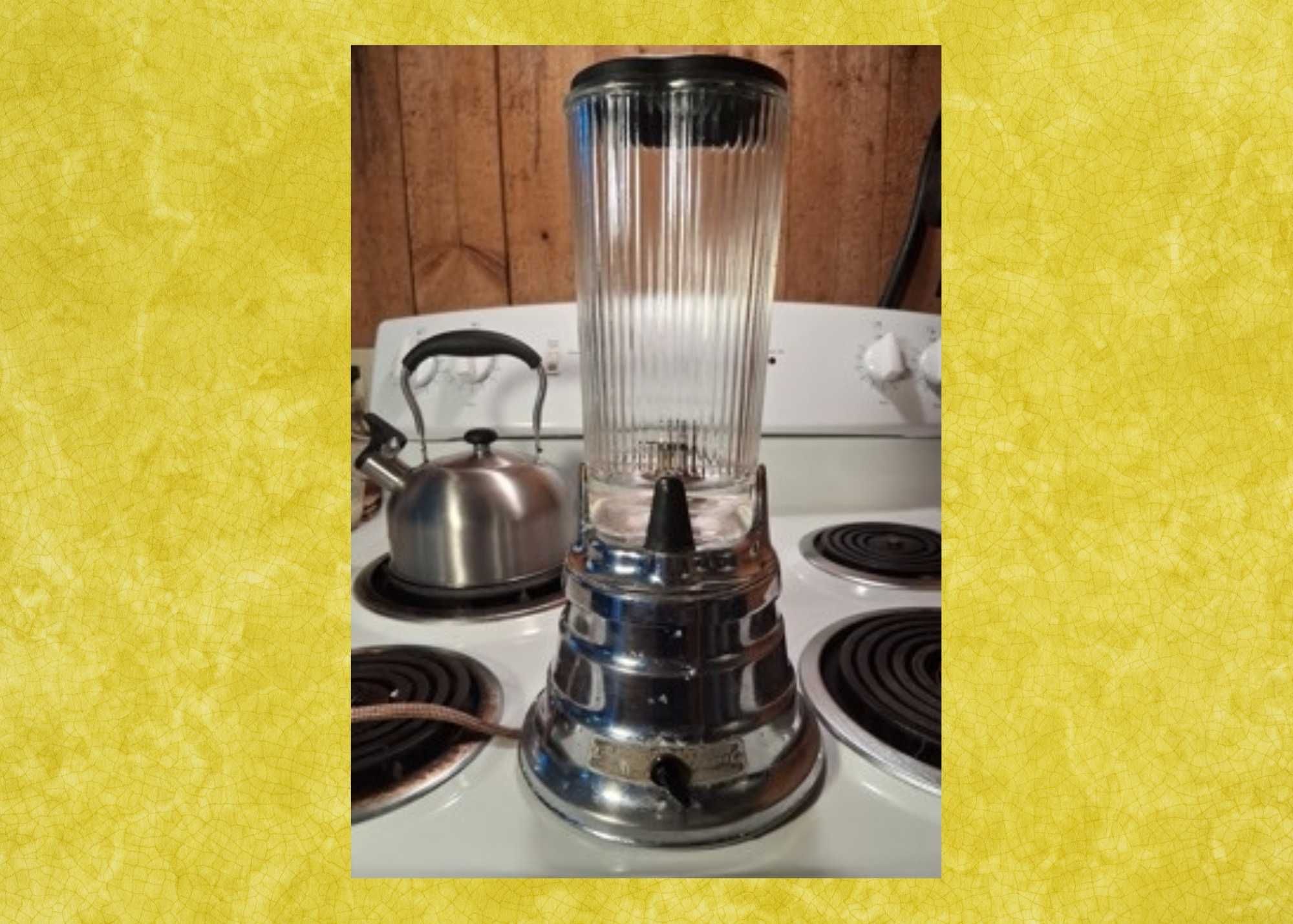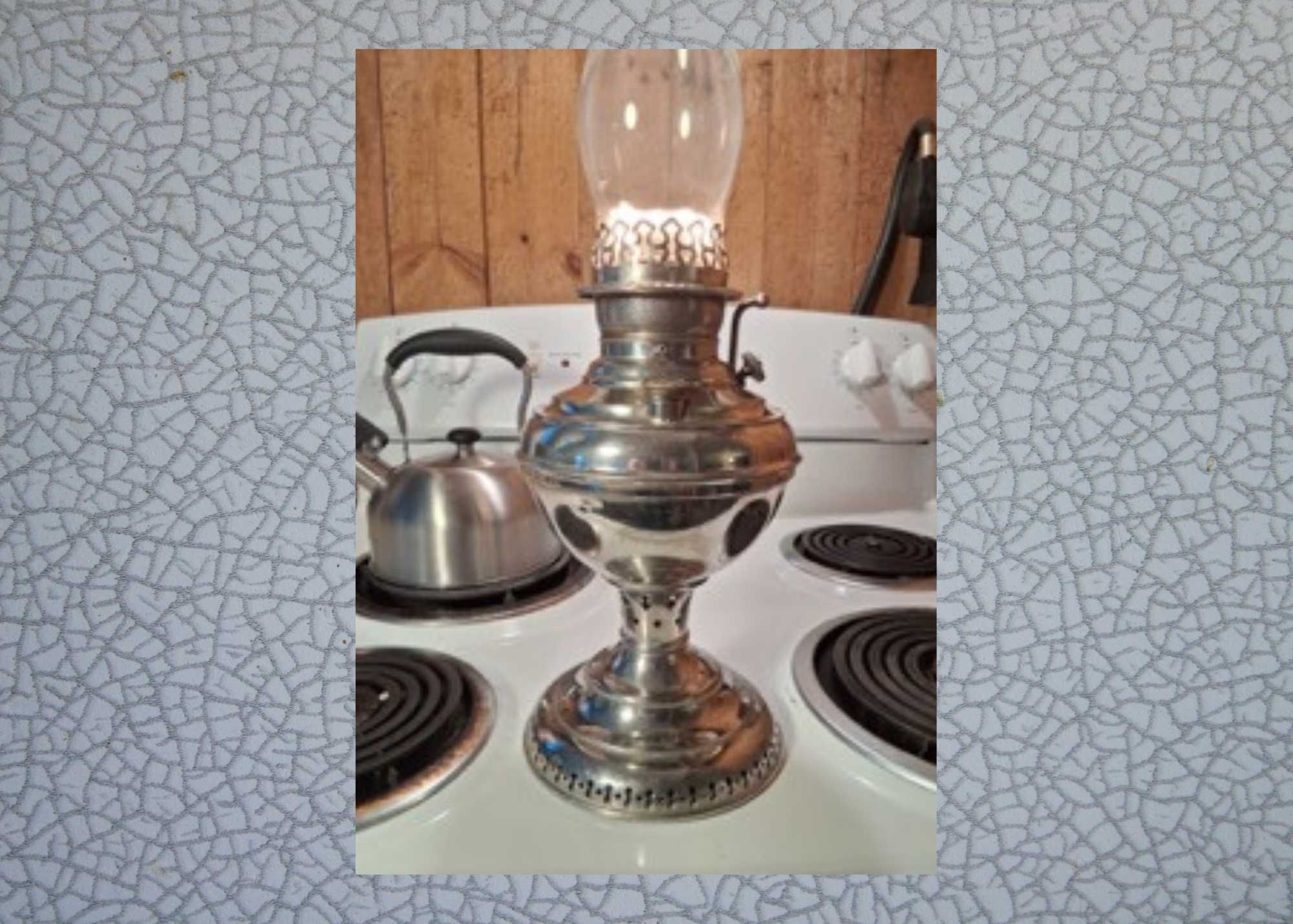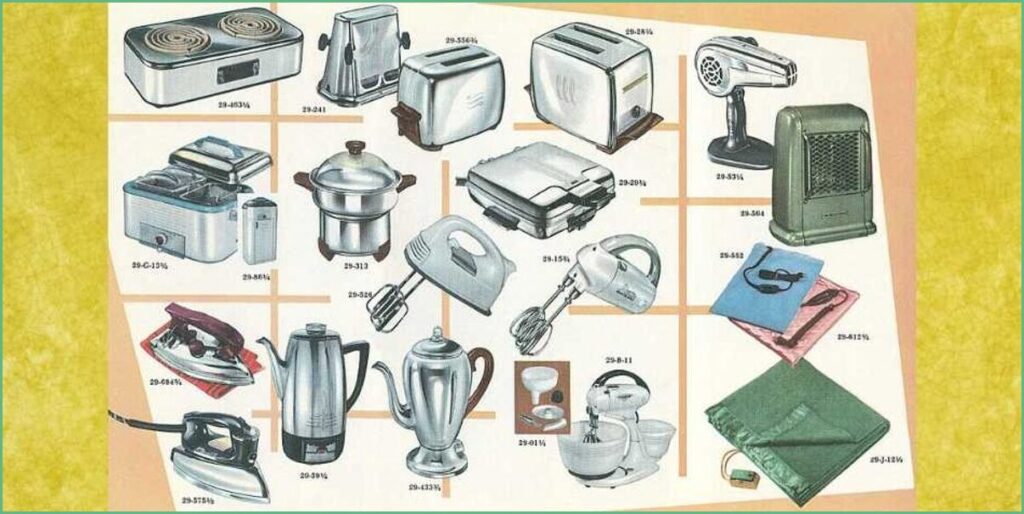People buy new gadgets all the time and end up with appliances that last a few years at best, but older machines often run longer and cleaner. This piece traces a family memory about a 1950s dishwasher, compares it to modern junk, and shows how choosing secondhand, well-built appliances can deliver better performance and character for far less money.
My mother stood over the old dishwasher in our small kitchen in 1986 and held a clock radio that had “zeroed out,” showing only 00:00 no matter the time. “Damn it,” she said, exhaling from her Merit Ultra Light 100. The radio was brand-new and already dead, while the 1950s top-loading dishwasher cleaned dishes without complaint.
That rusty-looking machine wasn’t obsolete except in color and fashion. It still did the job it was built for, which is the point: older gear was made to last, not to be tossed when some influencer decided a brushed-steel finish was in. The shock is realizing that “new” often means shortcut materials, complicated electronics, and planned breakdowns.
How many modern appliances actually give you reliable, simple performance? New front-loaders with touch panels promise miracles but still hide fragile electronics under otherwise sound mechanics. When the control board fails you face an expensive repair or a landfill-bound machine, while a 30-year-old mechanical washer keeps spinning.
You don’t need a new model just because it’s shiny or features a dozen modes you’ll never use. Most people buy to feel current, not because they gained any real usefulness. That pressure to upgrade fuels a wasteful cycle and makes practical, long-lasting gear seem retrograde.
I’ve built my home life around secondhand durability. For decades the only brand-new things I accepted were computers and consumables. Everything else — furniture, lighting, appliances — came from thrift stores, auctions, and estate sales, and they perform as well as or better than their modern counterparts.
I spent $15 for a beautiful, indestructible lifetime blender. Yes, the pitcher is glass.
Take vacuums. My mother’s Electrolux from the early 1980s still powers through floors without drama. When something needs attention, a repair shop can fix it cheaply because parts and knowledge still exist. That old machine cost far more in its day than cheap throwaway vacuums cost now, but it earned every penny.
The Waring Blendor from 1961 that I picked up at a flea market is another example. Heavy, simple, and handsome, it has two speeds and an off switch, and the pitcher is glass. Ten dollars for the unit, five dollars for a replacement cloth cord, and a screwdriver later, and it runs like it did when it left the factory.
Old lighting has the same advantage: practical, warm, and repairable. Antique kerosene and oil lamps, like the New Juno models from the late 19th century, still work and still have parts made for them. These lamps heat, light, and function without a digital brain to fail, and they bring real atmosphere into a room.
You can get the same conveniences people expect today without swallowing the modern throwaway bargain. Mechanical simplicity means fewer failure points and often straightforward, affordable repairs. When you shop secondhand you’re buying service life, not planned failure.
Beauty matters too. Older machines often have design and materials that aged into charm, not dullness. When friends see my home they say it feels like their grandparents’ house, and they mean it as praise: sturdier finishes, honest surfaces, and things that invite handling rather than hiding behind minimalist sterility.
There’s also freedom in breaking the upgrade habit. Stop buying new microwaves, blenders, and vacuums just because a display model matches magazine trends. If a tool still performs, it’s not obsolete; it’s efficient. Choosing well-built, older items lets you live comfortably while spending far less and owning things that won’t be obsolete in a couple of years.
Practicality, longevity, and style are not mutually exclusive. You can enjoy modern convenience on a thrift-store budget and keep your house full of things that work beautifully for decades. Try hunting for one solid, older appliance and you might be surprised how little you gave up and how much you gained.
